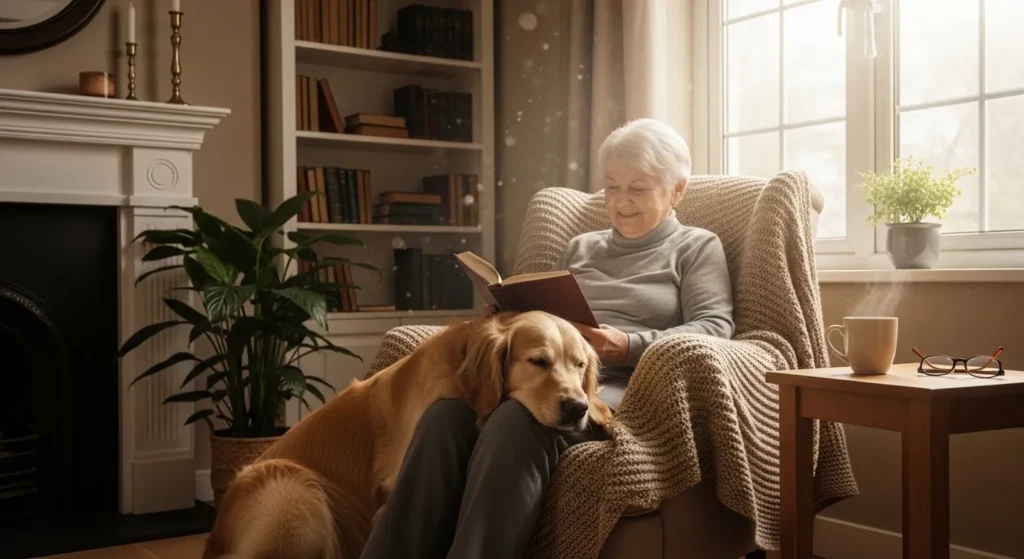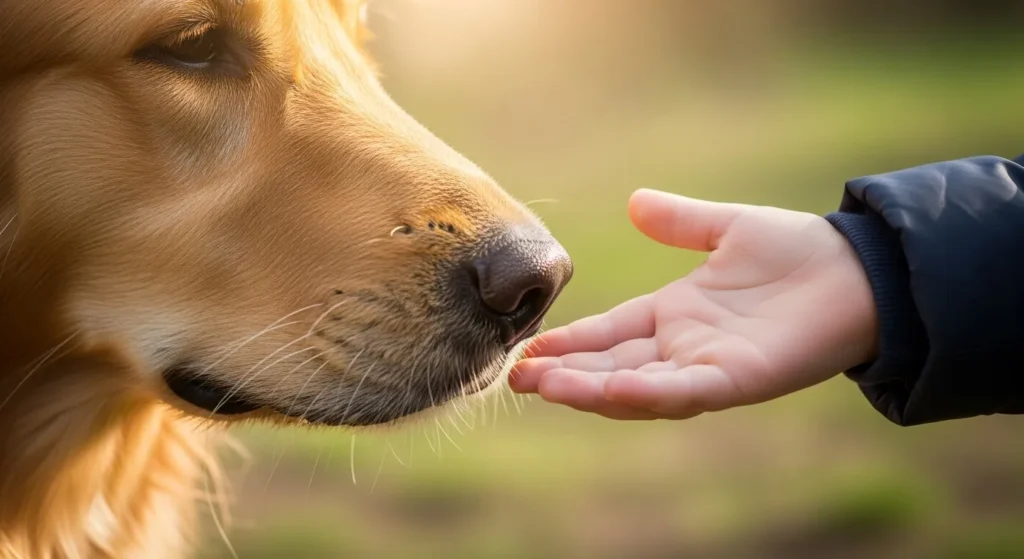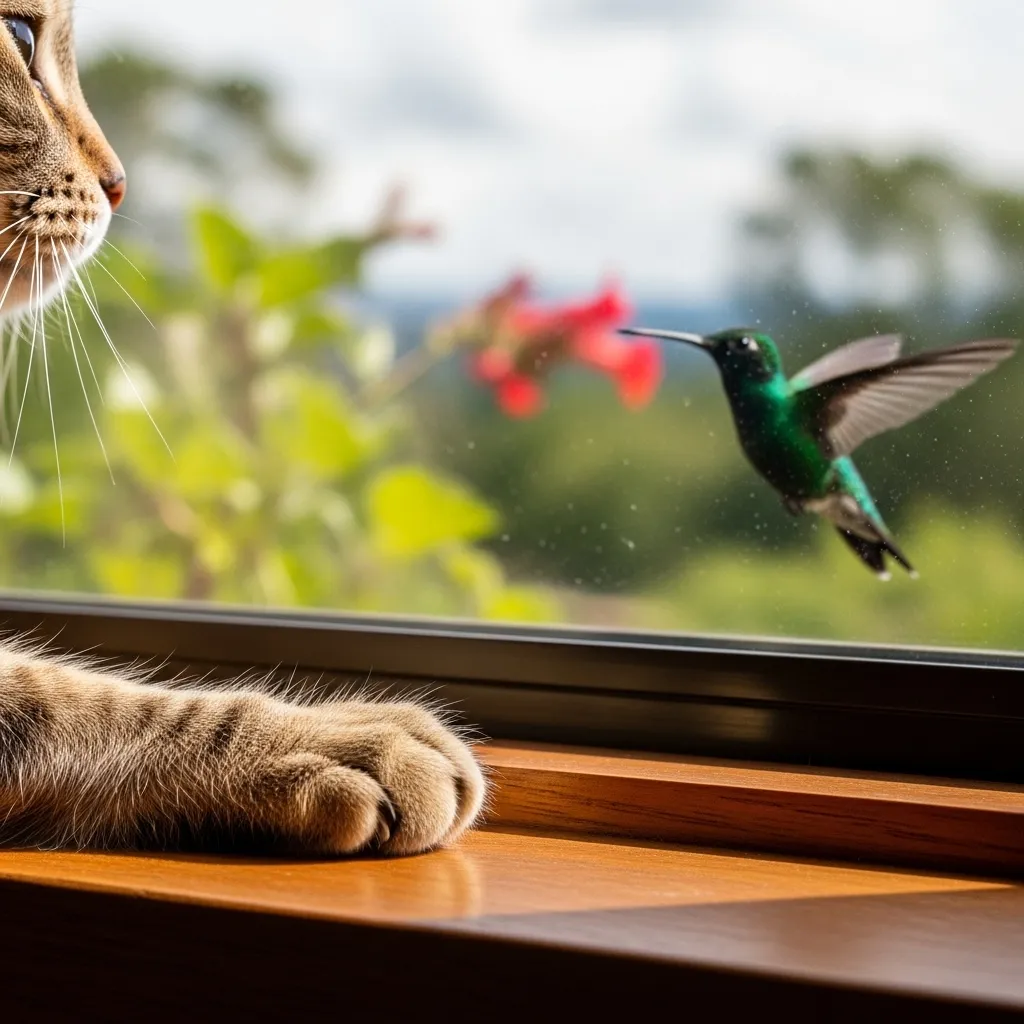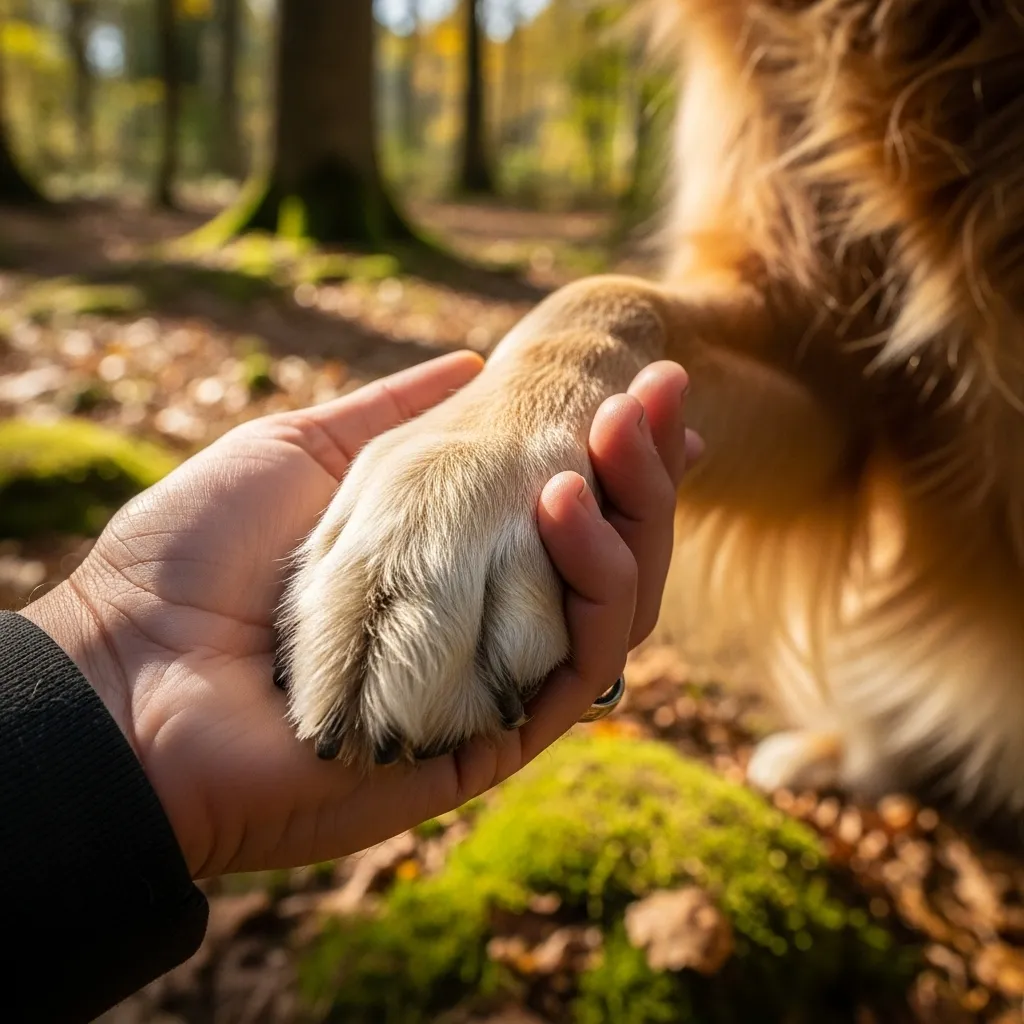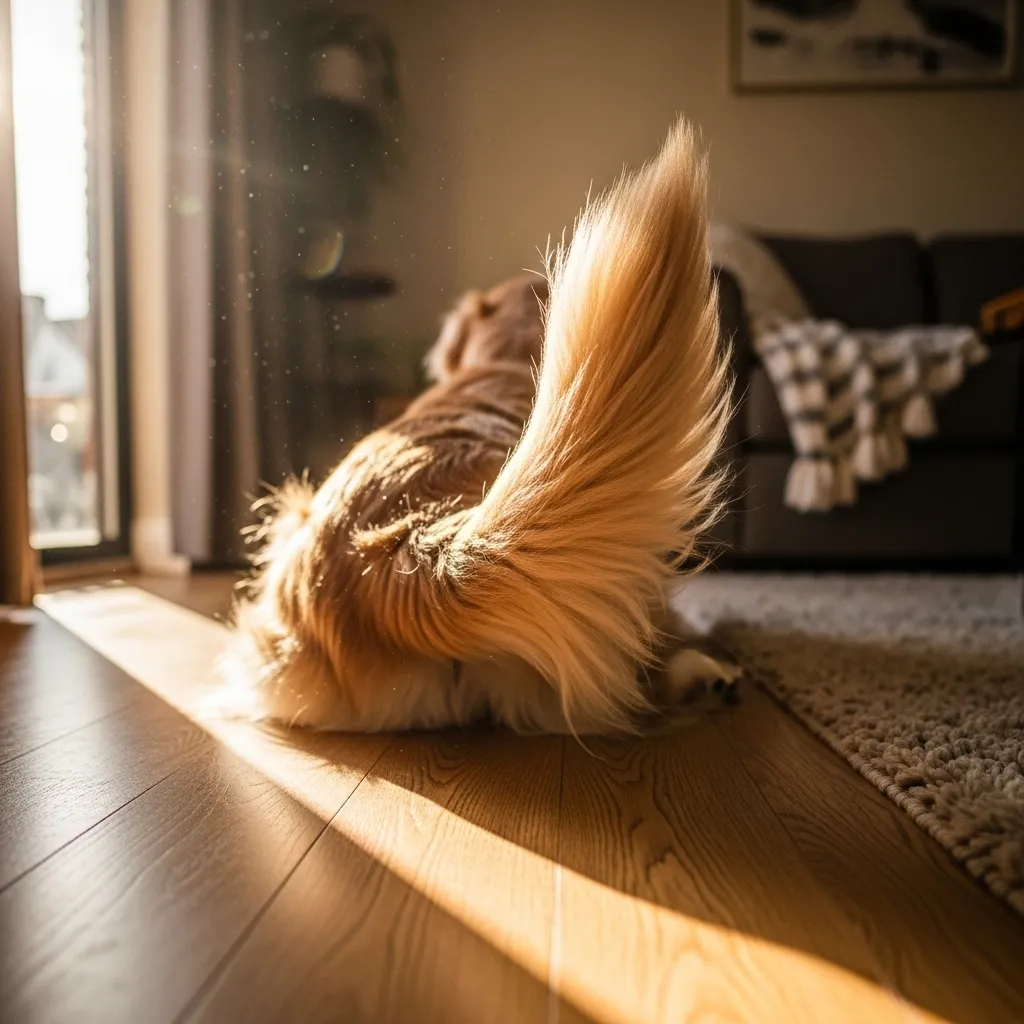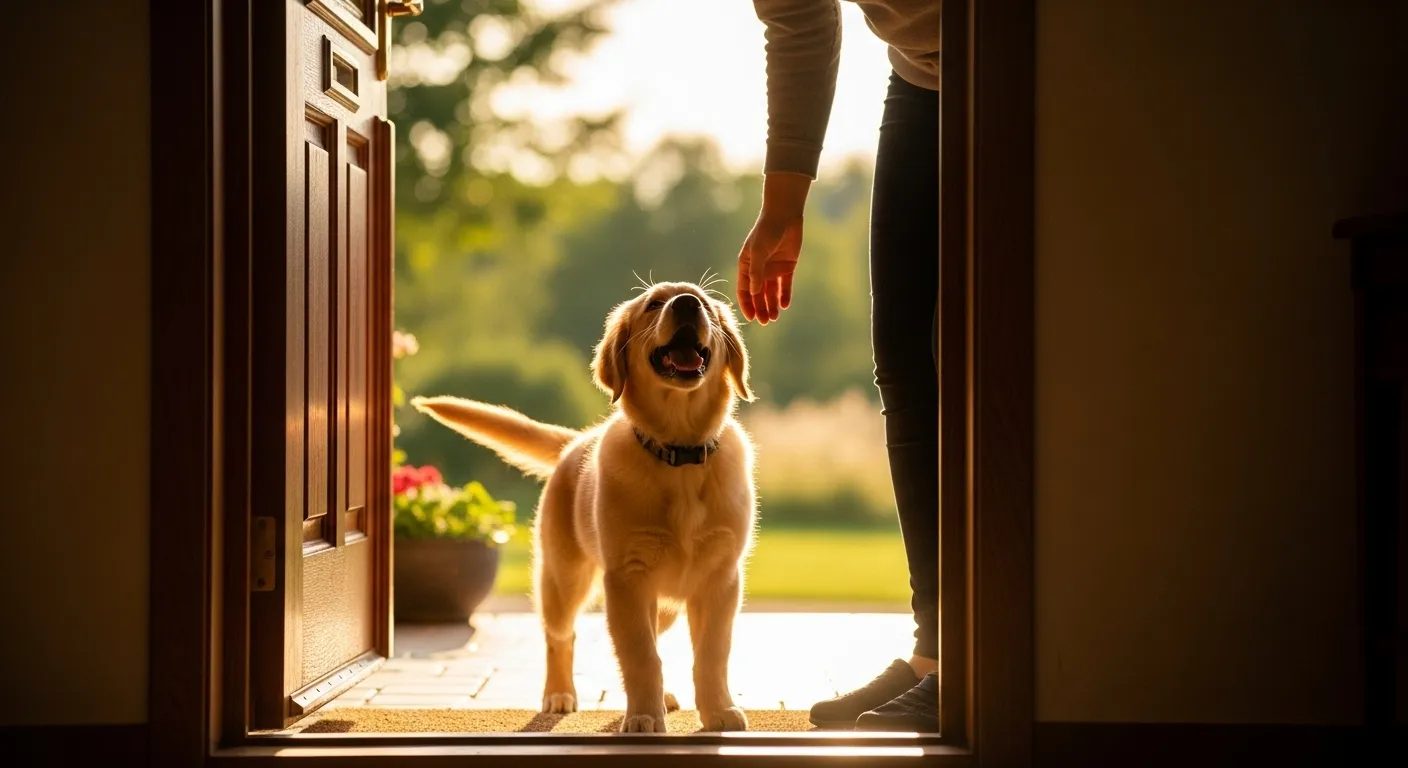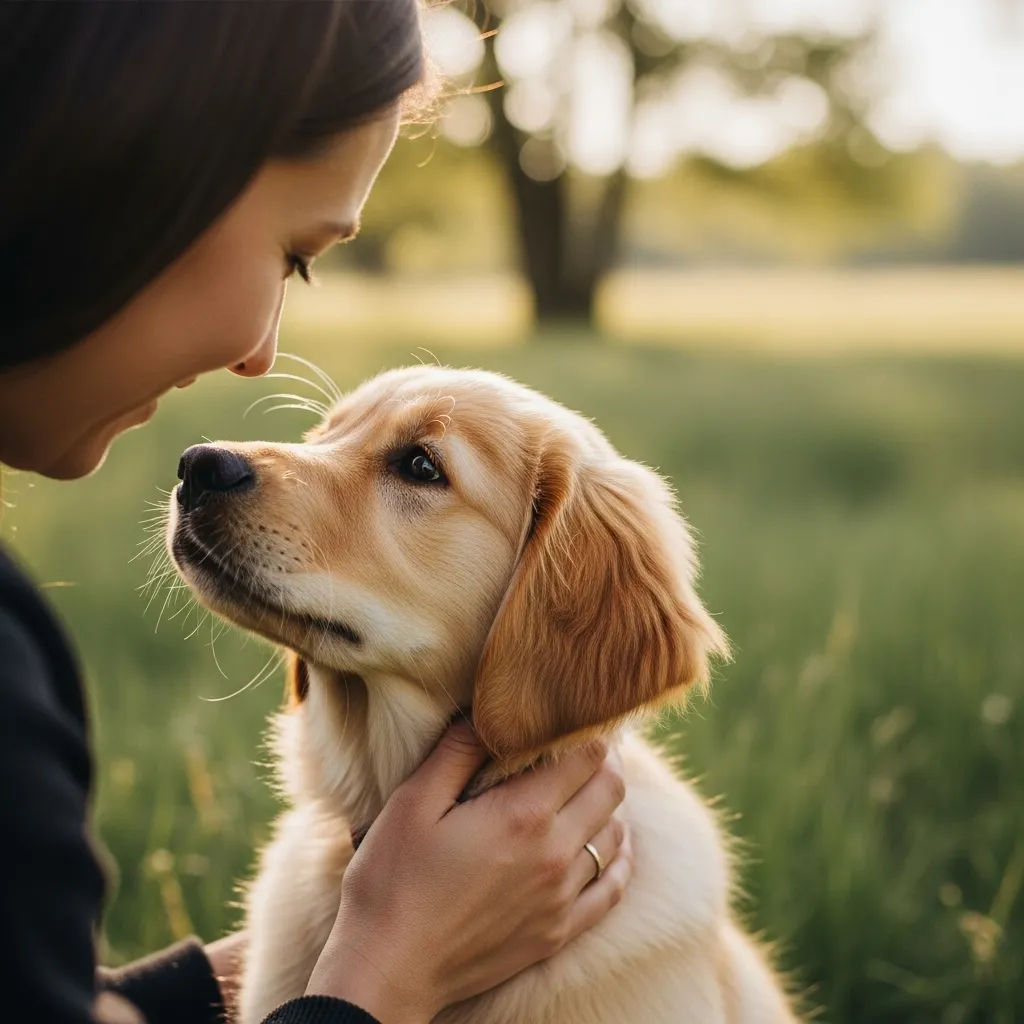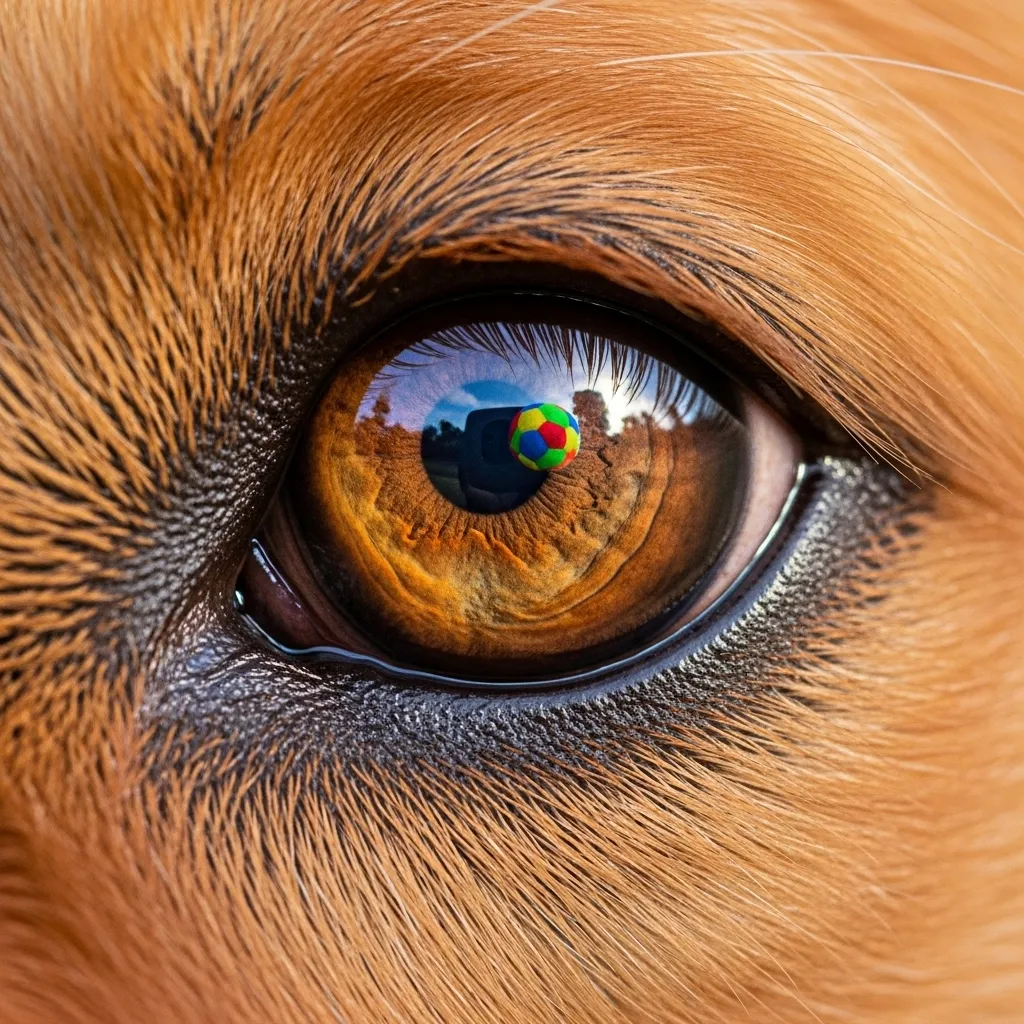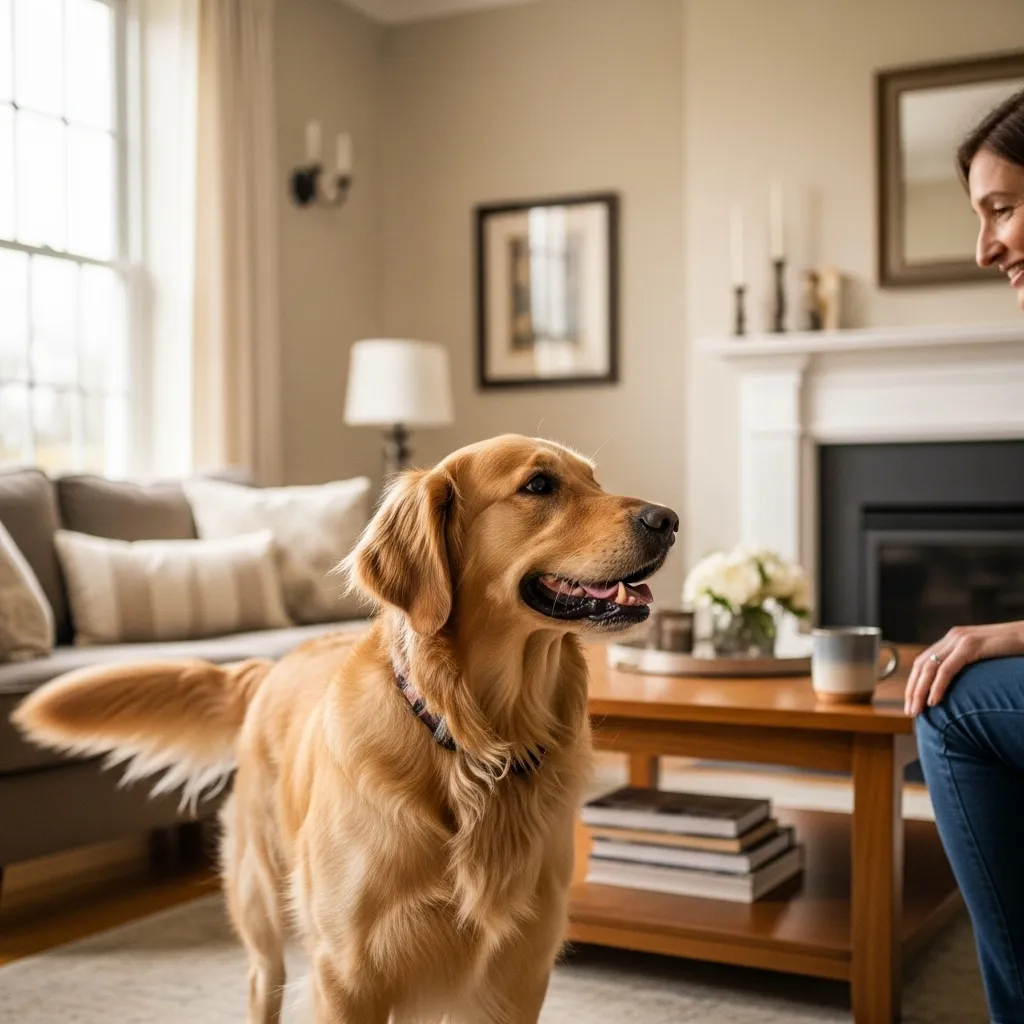Is Your Dog Overprotective?
For many years, dogs have been used by law enforcement, farmers, families, and individuals as a source for protection and defense. A super protective dog is doing what he thinks is best: protecting you by paying attention to everything around you and ensuring you are safe.
For example, when you are on an evening walk or home alone, having a protective pooch by your side definitely provides a certain sense of comfort. Even if a protective dog can be super beneficial, it can also be way too much.
For example, if you’ve been thinking that your dog is way too protective of you, then that might actually be the case. Some dogs can be too overprotective and territorial, which makes it very difficult for regular interactions to take place without the dog’s interference.
It’s also important to understand the main difference between protection and protective aggression in dogs, so you can efficiently prevent negative behaviors. Here’s what you need to know:
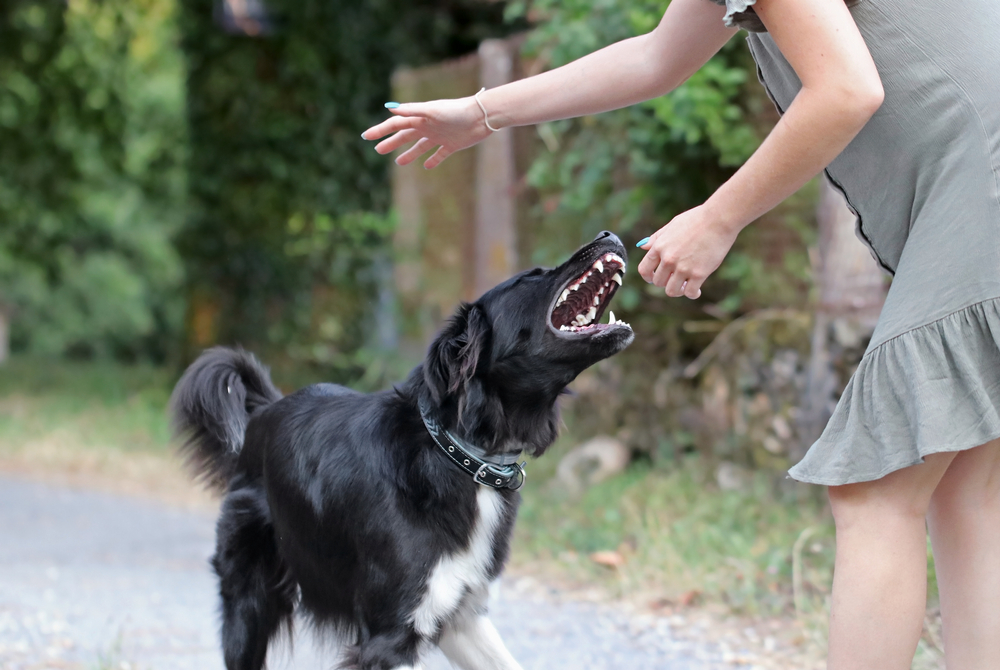
Signs your dog is overprotective
It’s highly important to note that protective behavior in some dogs doesn’t necessarily mean it’s bad. Protectiveness is basically a behavior that comes naturally in many dogs. Here are some of the most important signs your dog is protecting you:
- being always vigilant
- being alert
- instantly focusing on new stimuli (whether it’s a person or an animal) in the environment
- growling or barking at any perceived threat
- moving between you and that perceived threat
- returning to normal if no threat is perceived
Signs of protective aggression in dogs
As a general rule, aggression looks very different than the signs your dog might display when he’s just protecting you. For instance, while you might know that it’s safe to have your friends and family next to you, your dog might not agree.
Maybe you’ve realized that no one can really get close to you without your dog growling at them. Well, does that sound like your dog? Other signs of protective aggression in dogs could include:
- instant barking or growling
- overly aggressive, threatening stance
- overreacting to a new situation
- lunging toward their perceived threat
- baring teeth or even snapping at the perceived threat
- biting
- urinating to mark territory
Causes of overprotective or even aggressive behavior
OK, so now that we’ve established that your dog might be overprotective of you, we also need to establish why. Protective aggression in dogs is quite a common behavior in dogs, and it is generally caused by external stimuli.
This type of behavior is usually learned from somewhere, which can also lead to complications down the road, for both the dog and the owner. There are many signs that your dog is protecting you, but there are also plenty of signs and types of protective aggression in dogs.
Your dog could exhibit territorial aggression, aggression towards various people, aggression towards dogs, and even predatory aggression, or overly guarding resources.
My dog is too overprotective of me. Now what?
Now that you know all the signs that your dog is overprotective, you can decide what’s best to do next. Protectiveness is all about surveying a situation and reacting accordingly. For instance, overprotective behavior is also an instant aggressive response to certain stimuli.
Luckily for you and your pet friend, aggressive behavior in dogs can be easily reduced and even eliminated. While it can’t be quite fixed overnight, your dog can slowly begin to display more positive behavior with the right tips and tricks.
Making room for structure and routine
Now that you know what are the signs your dog is protecting you and when they’re too overprotective, you can strategize all the ways in which you could address this behavior. Just like children, dogs need serious structure and routine to feel calm and safe.
If your dog is too overprotective, you want to keep them on the same general routine every single day. For instance, you should try to feed them around the same time every day and go on long walks around the same time on a daily basis.
They should have a set of well-established rules in the household, like sitting before they get their food. Having rules and being obedient is mandatory for overprotective dogs.
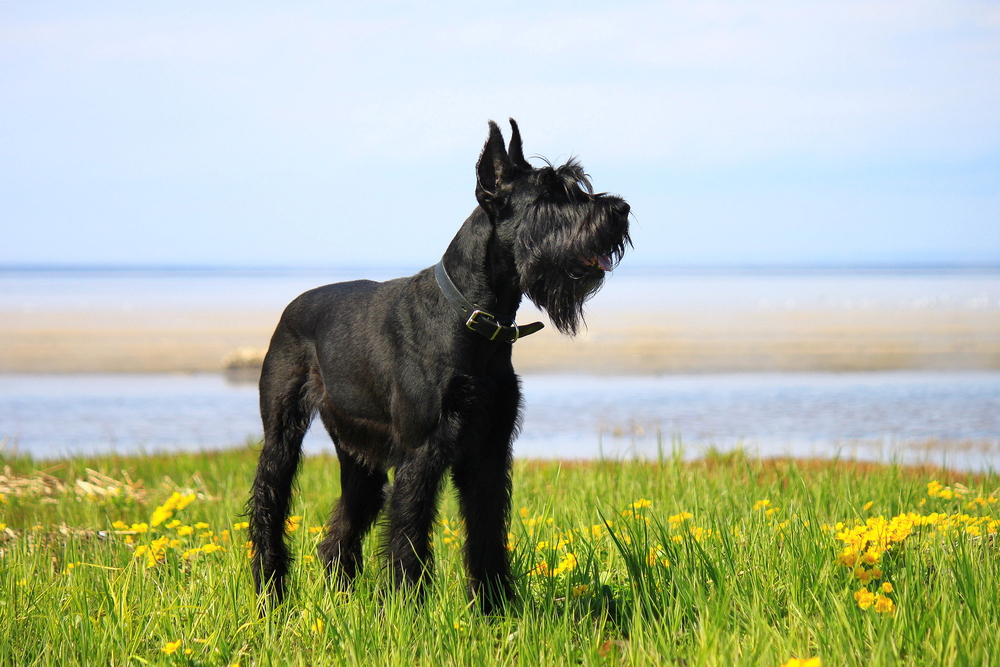
Stay calm
Dogs can oftentimes sense our emotions. Some might feel when you get exhausted or anxious in a situation and will behave the same as you. This is only one of the signs of why your dog is protecting you and this behavior can easily trigger their aggression.
If you can, you should remain calm in these scenarios. If you find it a bit difficult, there is really nothing wrong with removing your dog and yourself from any challenging situation so you can maintain a calm atmosphere.
Distance from others
My dog still acts overprotective of me, even if I have set a general routine and structure in my home.
If that’s the case for you, then here’s another thing to take into consideration: maybe it would be advised to place a distance between your dog and other humans and dogs. When you’re out on a walk, allow some space between you two and other people, to avoid potential situations. If your dog is able to remain calm and alert around others, then that’s a sign that your dog is protecting you and isn’t being too overprotective.
Slow approach on a leash
A super protective dog should always be kept on a leash, especially around others. Also, try to keep a firm hold on the leash, but don’t tense up. Your dog doesn’t deserve this. Besides, pulling on the leash might be interpreted as a reason to be too protective or aggressive towards others.
When you meet with people or dogs, the two of you should approach slowly on the leash, so your dog can get accustomed to the new individual and their scent.
Socialize them
Socialization is another important aspect of training dogs and getting them accustomed to interacting with people and other animals. Being alert and aware of your surroundings during any walk are definitely signs that your dog is trying to protect you.
Aggressive behavior towards others is not. Exposing your dog to new and exciting stimuli will help him learn that not all situations are that dangerous and require alertness and protection. If my dog is overprotective of me when others are around, how do I help them socialize?
First, you need to make sure you are in a social situation where you’re calm and assertive. Remember that your dog might read your energy and respond accordingly. Those you choose to socialize with (whether dog or human), should also be as calm as possible. As your dog progresses, you can also introduce them to a series of different situations and environments.
Try CBD oil
CBD can definitely provide a series of positive effects in overprotective and aggressive dogs. If your dog shows fear, anxiety, or any other type of aggressive behavior, CBD can help them relax and even calm their nervous system. CBD products can also be easily incorporated into your dog’s routine. Try adding some oil to their food or give them a tasty treat to reward their positive and protective behavior.
If you found this article useful, we also recommend checking: Dog Howling: Causes and How to Stop the Habit

